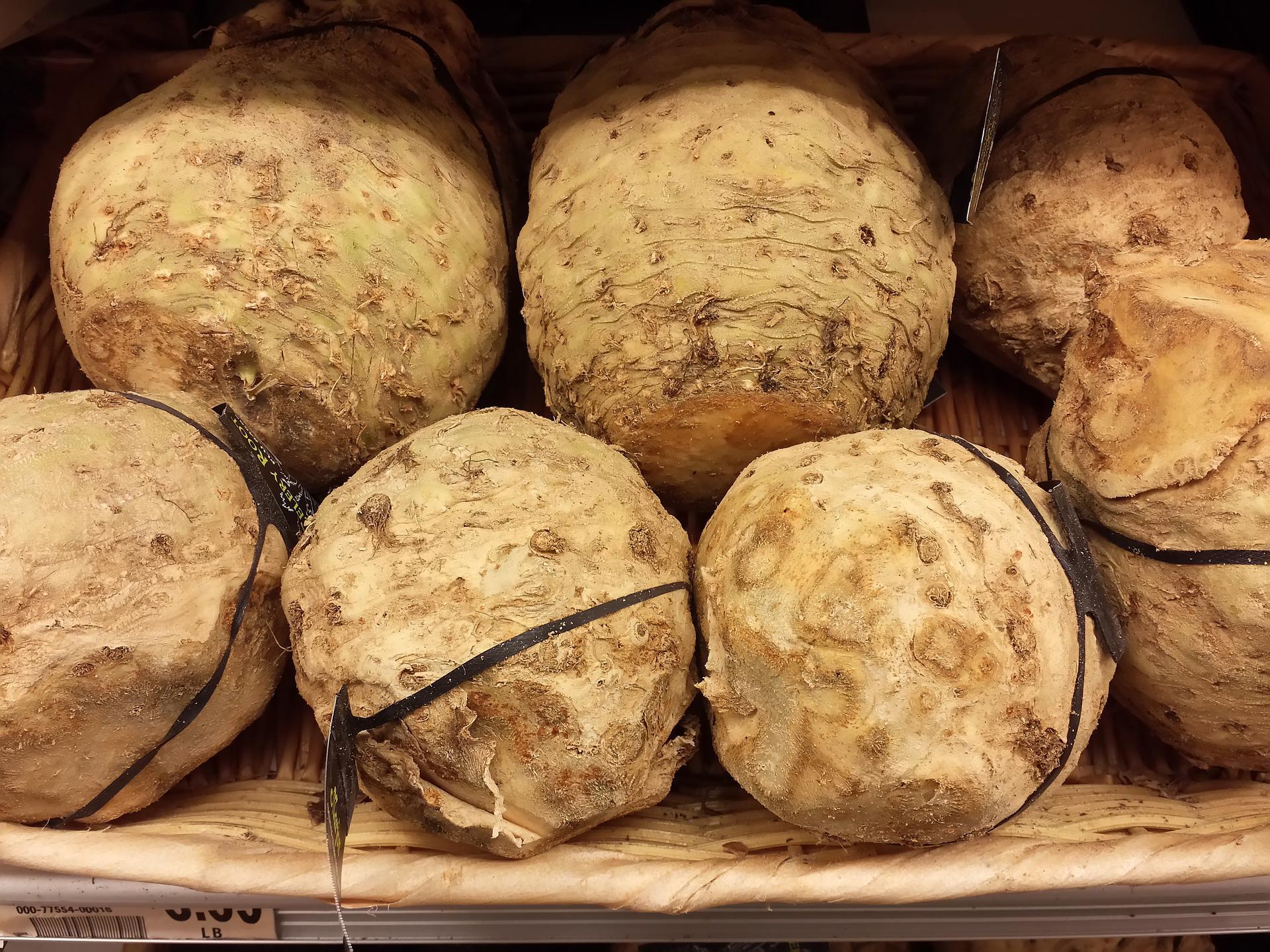Diseases of celery that occur during the growing season include black root rot, powdery mildew, and gray leaf spot.
Gray Leaf Spot of Celery (Lat. Septoria apiicola)
In cases of severe infection by this fungus, the leaves can completely dry out, potentially leading to root decay due to a lack of assimilates necessary for growth. The primary source of infection is infected seeds, on which the fungus can survive for up to two years. However, it can also persist on infected plant residues. At temperatures between 21-27°C, the incubation period lasts 7-8 days. To combat this disease, preventive measures should be taken, including crop rotation and the use of healthy, treated seeds (soaking seeds in a TMTD solution heated to 30°C for 24 hours). For chemical protection, fungicides based on copper are used.
Other diseases that may appear in celery cultivation include black root rot (Lat. Alternaria radiciana) and powdery mildew (Lat. Erysiphe heraclei).













































